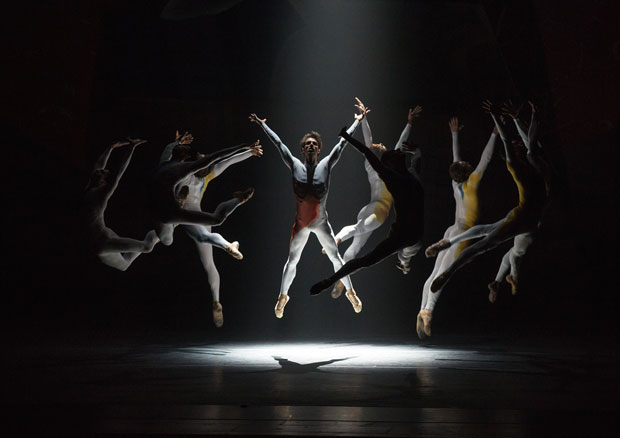
© Rosalie O’Connor. (Click image for larger version)
American Ballet Theatre
AfterEffect (with Company B, The Green Table)
New York, David H. Koch Theater
28 October 2015
www.abt.org
All for One
Unlike New York City Ballet, whose resident choreographer is also a member of the company, American Ballet Theatre hasn’t presented a full-length work by one of its dancers in over a decade. That finally changed this evening, when the company performed Marcelo Gomes’ AfterEffect, set to Tchaikovsky’s Souvenir de Florence. (The other ballets on the program were Company B and The Green Table.) Gomes is more than just a dancer – he is one of the company’s most beloved members, an exemplary partner, a fabulously musical dancer and a compelling actor. Until recently his choreographic efforts have been obscured by his dancing, but short pieces of his have been popping up with increasing frequency at galas and festivals (and even on the Late Show with Stephen Colbert).
An earlier version of AfterEffect, consisting of a single movement of Souvenir, premièred at an ABT gala in 2013 never to be seen again. Since then, the ballet has grown: the cast now includes dozens of dancers, a beautiful, abstract backdrop in deep rust and black by the French artist, Françoise Gilot, and white costumes stained with smears of color by the hard-working duo Reid Bartelme and Harriet Jung. (Does anyone else design dance costumes these days?) The concept of the ballet has also grown. It has become an ambitious, busy canvas, full of ideas, images and suggestions of narrative. It bursts at the seams; it will take more than one viewing to see how it settles.
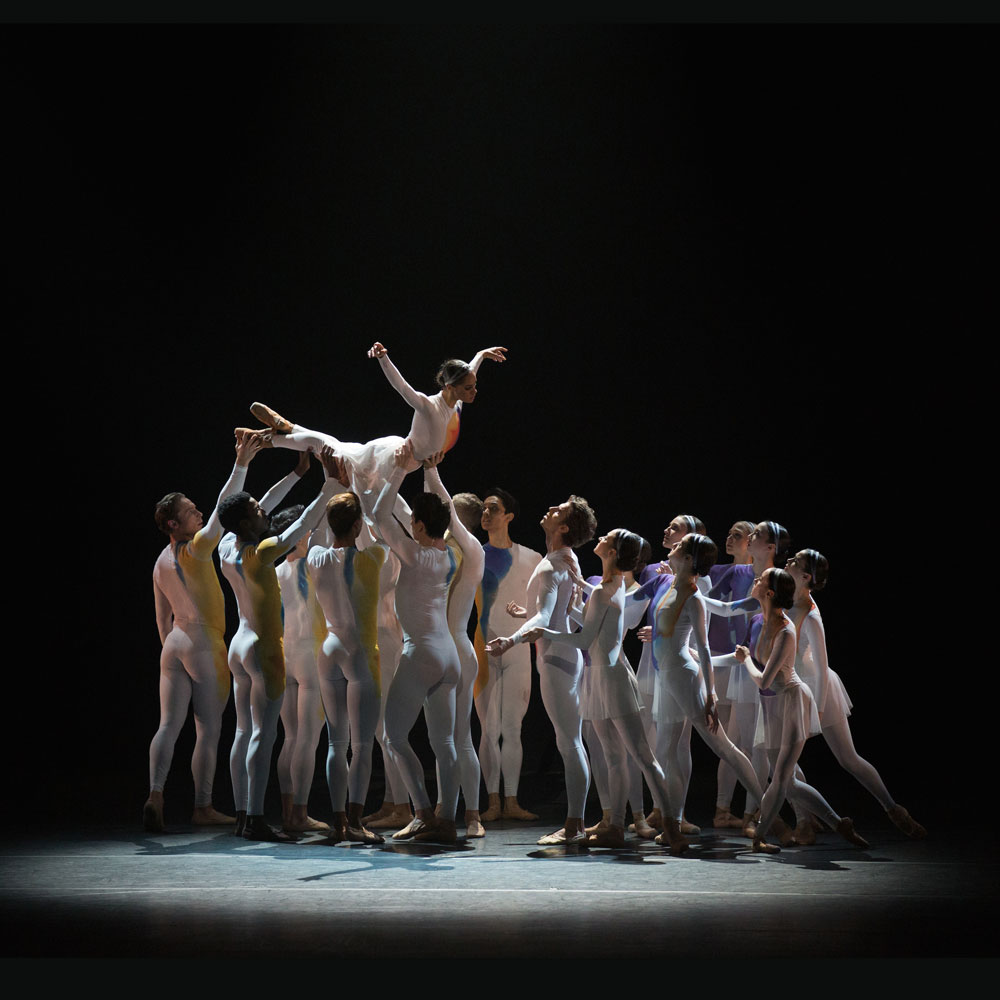
© Rosalie O’Connor. (Click image for larger version)
In an interview with Roslyn Sulcas of the New York Times, Gomes said that he was interested in exploring ideas about trauma and grief. The central figure in the ballet is a man, played by James Whiteside, seemingly tormented by a memory. As the curtain rises, he stands alone, in a white light. In the second movement, he is visited by a spirit (Misty Copeland), carried aloft so that she seems to float through the air. Toward the end, he shares a duet with another man (Zhiyao Zhang), a kind of double. He can be seen at various points walking through a crowd, or sitting on the floor watching the other dancers, almost as if they were figures in his mind. But the ballet isn’t terribly linear, and the theme of loss is often subsumed by various other events.
The first movement is dominated by men, and has an athletic, even folk, flavor. There is an interesting sub-theme of mutual support. Zhang, a pristine dancer still in the corps, plays an important, almost heroic, role. (At one point he’s lifted up by his comrades, fist raised toward the sky.) It’s almost as if Gomes were showing off his young colleague, saying “look what he can do!”
Gomes does the same for the women in the third movement, the music for which has a strong Russian flavor. At first the women dance together, with steps that suggest prayer and Slavic dances. They bend one leg and touch their cheeks or clasp their hands together and breathe deeply. Then, Gomes gives them each a solo. Again, one gets the impression that he wants to show the world what his comrades are capable of; one woman hops on pointe, another tears across the stage in jumps. The dancers respond by dancing their hearts out.
There are whiffs of other ballets, most notably the “Dark Angel” section of Balanchine’s Serenade – also echoed in the music of the second movement. (Gomes throws in a lot more lifts.) There’s some Ratmansky in there too (particularly, I thought, the second ballet of his Schostakovich Trilogy), as well as some fidgety detailing for the hands and fingers reminiscent of Jiri Kylian. But mostly the ballet is an enthusiastic love letter from Gomes to his company, and was received as such by the enthusiastic audience at the Koch. The dancers look fantastic, proud and happy to be dancing in a work by one of their own.
It will be interesting to see where he goes from here.









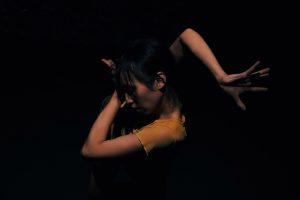
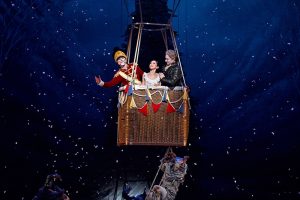

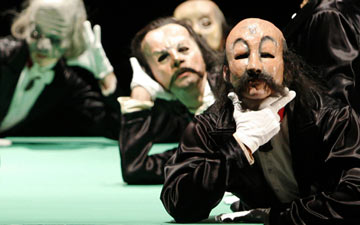
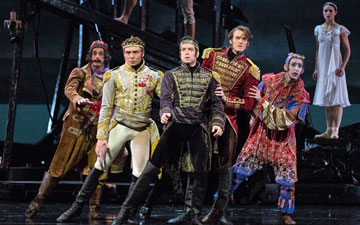

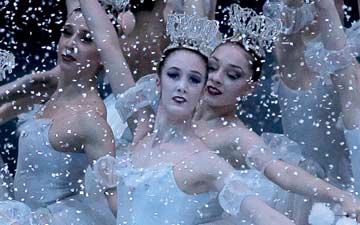

You must be logged in to post a comment.